Dec 18,2023 / Industry News / Author: ShengKui
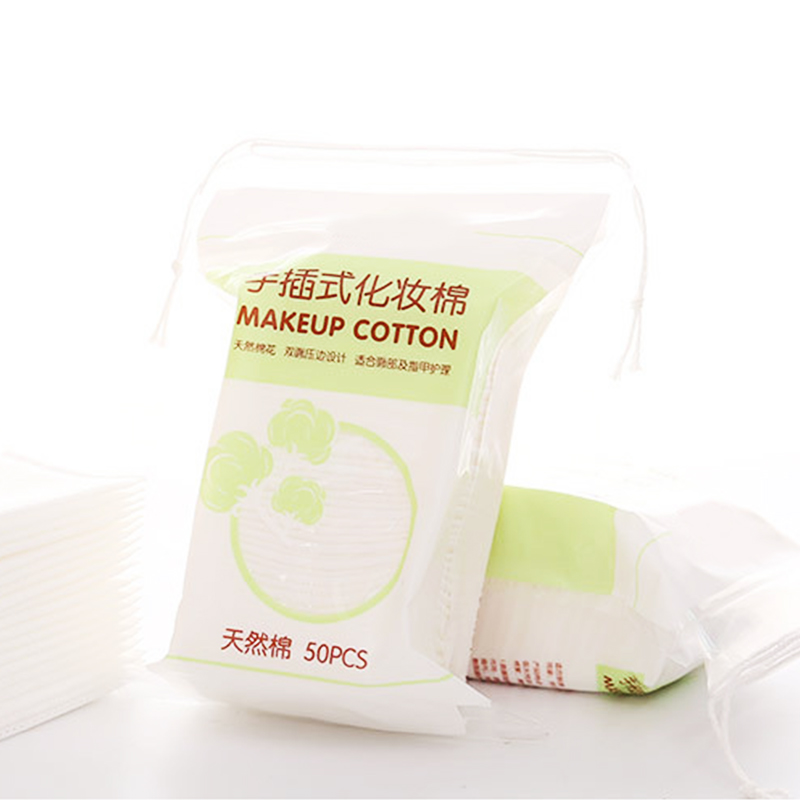
Organic makeup cotton pad. Organic cotton benefits facial co...

Nonwoven Resuable Wet And Dry Spunlace Cleaning Wipes. The t...
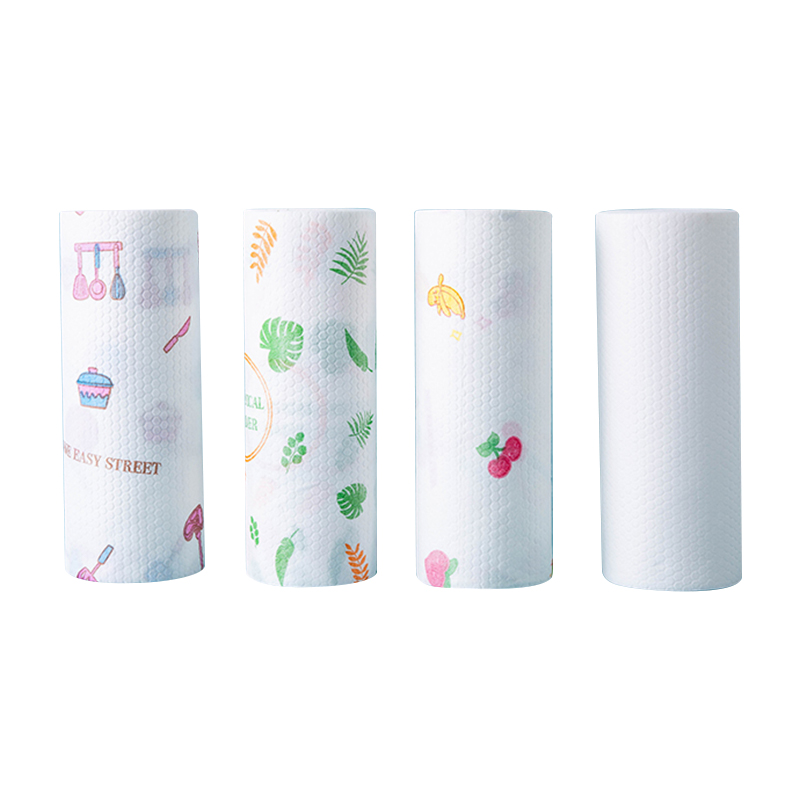
Non-woven reusable kitchen wipes roll is made of spunlace no...
-1.jpg)
Super soft without alcohol amd irritation. It is suitable fo...
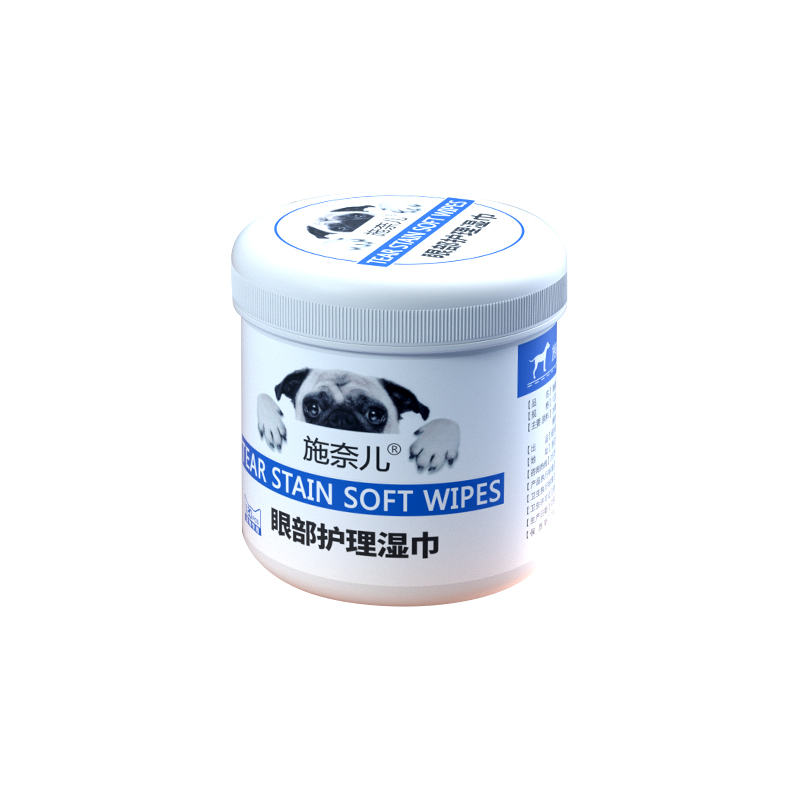
Eco Natural Organic Pet Wipes Manufacturers Pets Care Wipes ...
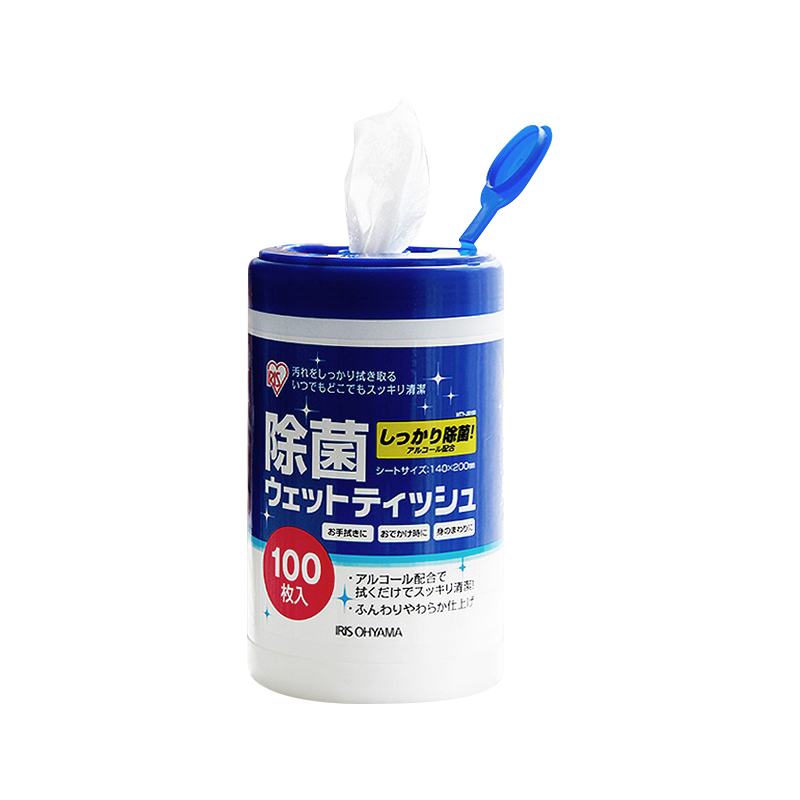
Disinfecting wipes,delivery within 15days. kills 99.9% of ba...
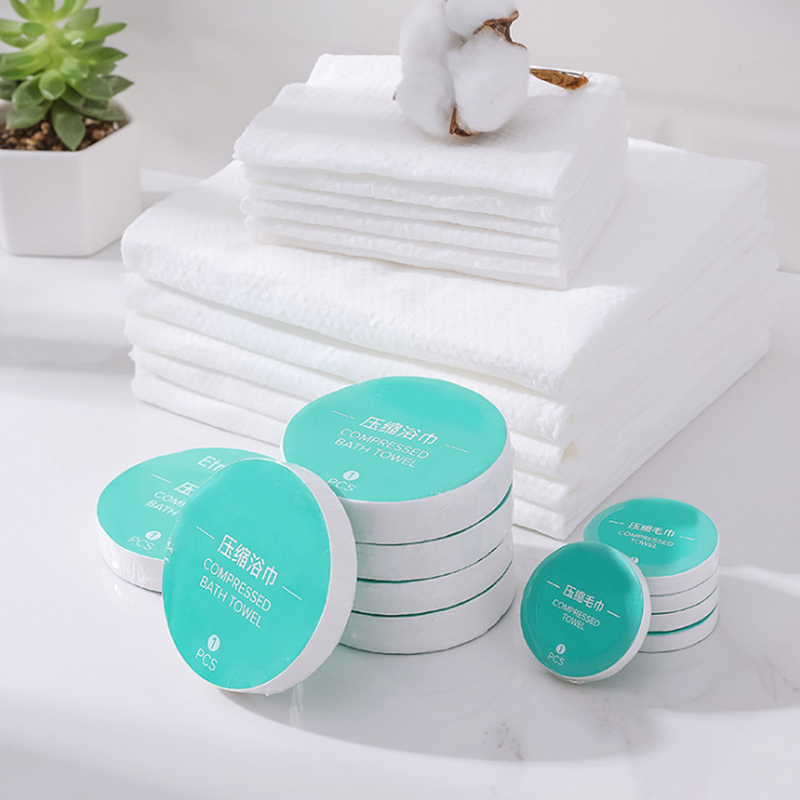
Compressed towel tissue is made from high-quality spun lace ...
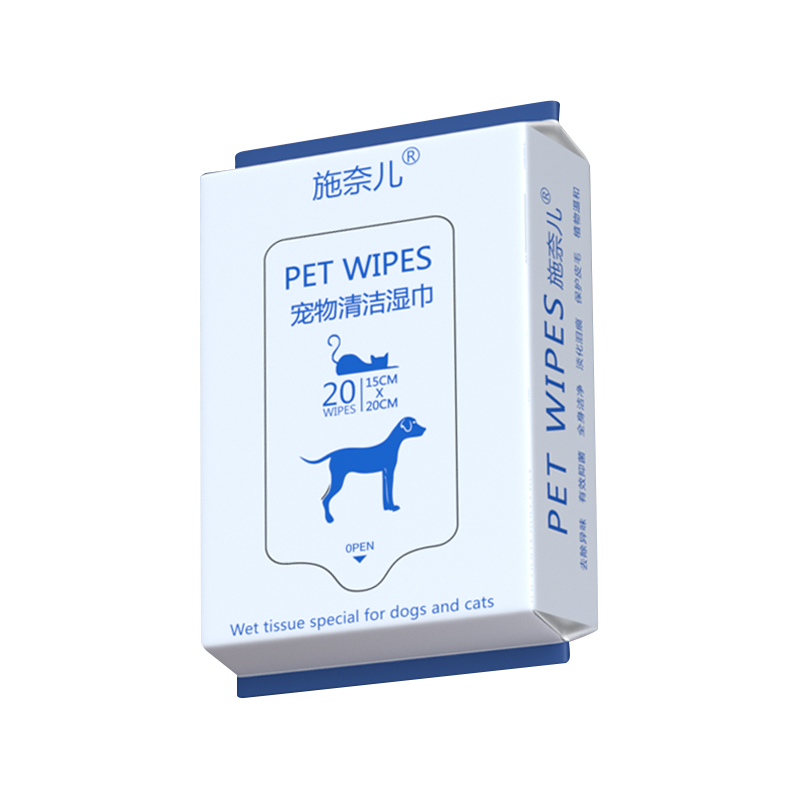
Pet wipes organic are high-quality spun lace nonwoven. Good ...